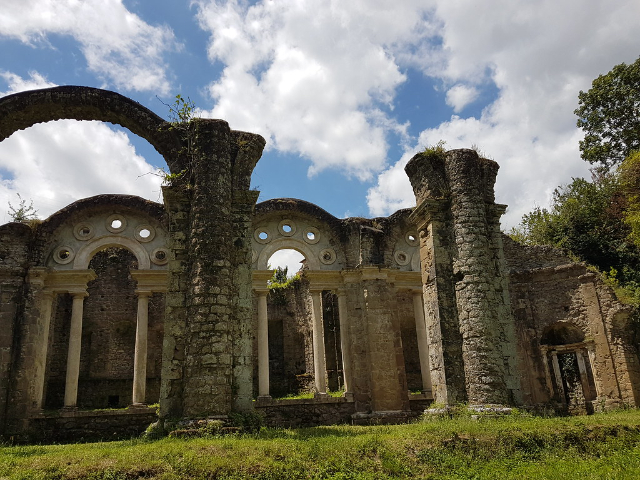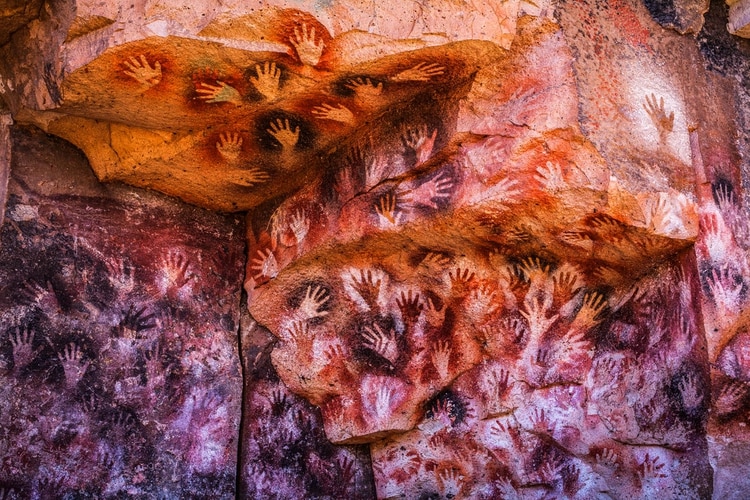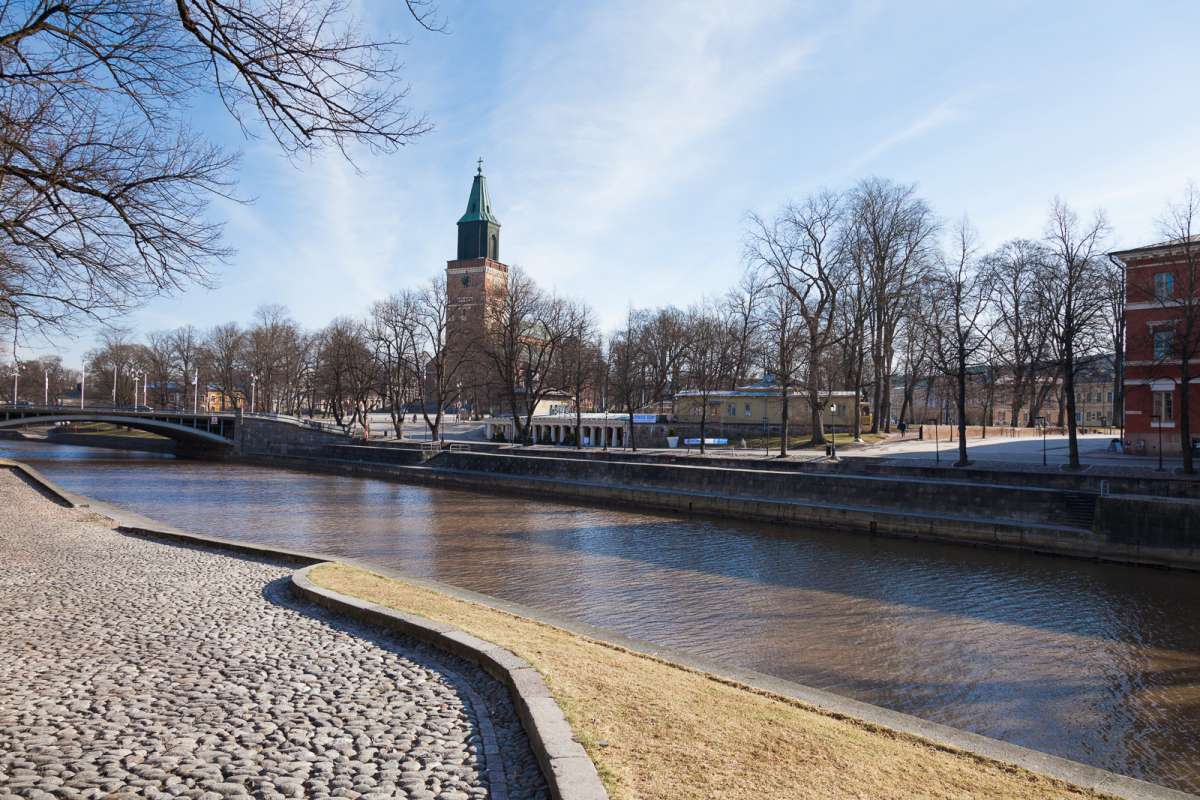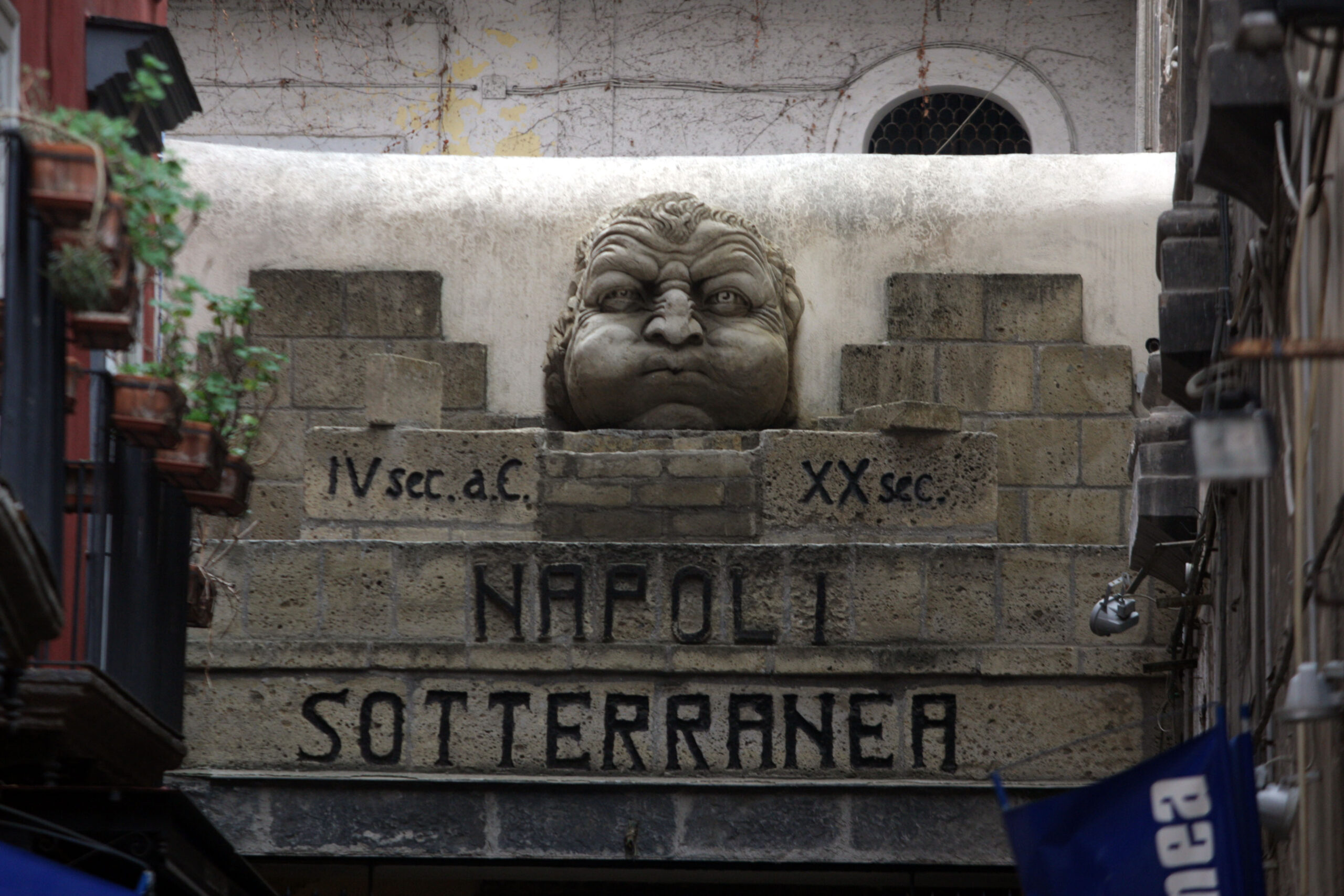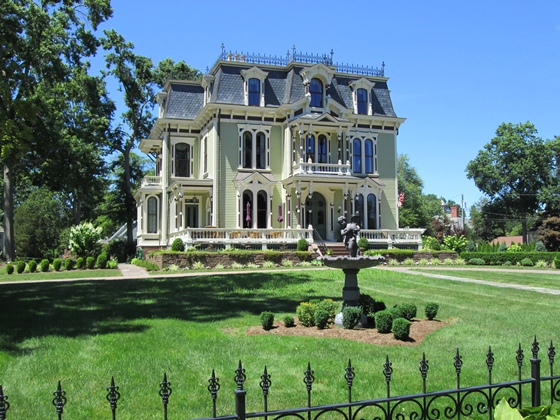The Ninfeo of Genazzano, also known as the Ninfeo Bramante, is a remarkable historical site located in Genazzano, a town in the Province of Rome, Italy. This architectural and artistic monument is attributed to Donato Bramante, though his direct involvement is a topic of historical debate. The Ninfeo is thought to date back to the late 15th or early 16th century, during the height of the Renaissance.
Architectural and Artistic Significance: The Ninfeo of Genazzano is an example of Renaissance architecture and garden design. Nymphaeums were common in this period, designed as monumental fountains that often emulated classical antiquity and were typically part of gardens of significant estates or palaces. The structure at Genazzano is particularly noted for its elegant forms and the harmony of its proportions, which reflect the ideals of Renaissance aesthetics.
Structure and Decor: The Ninfeo is constructed from local stone and features an elaborate arrangement of niches, water basins, and possibly statues, although many original decorative elements have been lost over time. The architecture incorporates both classical and innovative elements, creating a serene and picturesque environment that was intended for leisure and contemplation.
Historical Context: The Ninfeo is located within the grounds of the Castello Colonna, a medieval castle that was transformed into a Renaissance villa by the Colonna family, one of the most powerful noble families in Italy during that era. The Ninfeo was likely part of the extensive refurbishment aimed at demonstrating the family’s wealth and cultural sophistication.
Current Status: Today, the Ninfeo of Genazzano is recognized as an important cultural heritage site. It attracts visitors interested in Renaissance art and architecture, garden design, and Italian history. Preservation efforts are essential to maintain its structure and aesthetic, as it continues to be a testament to the rich cultural history of the region.
Visiting the Ninfeo offers a glimpse into the past glories of Italian Renaissance garden and architectural design, making it a cherished landmark in Genazzano.

